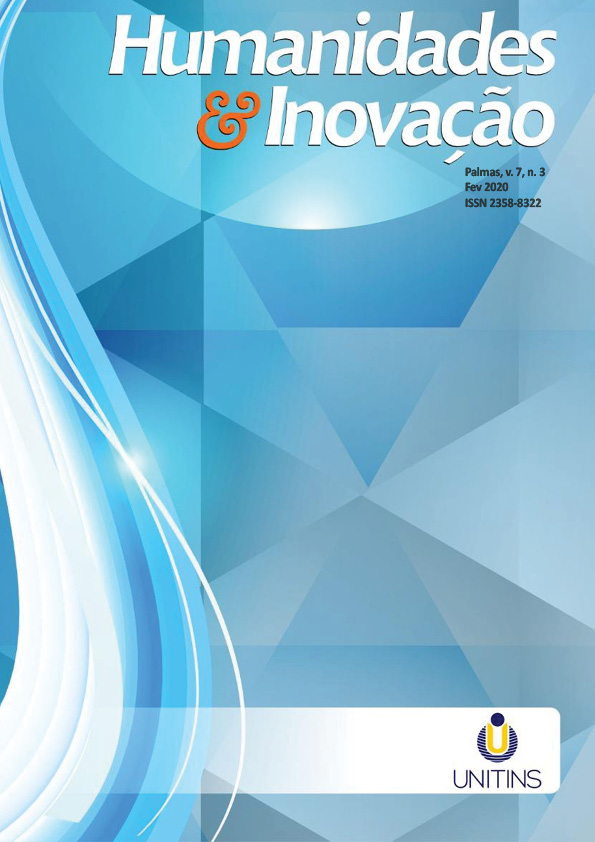A STUDY OF THE REPRESENTATION OF DOSTOEVSKY'S THOUGHTS IN THE WORKS OF HONORÉ DAUMIER AND GUSTAVE COURBET BASED ON THE THEORY OF INTERTEXTUALITY
Resumo
Philosophy, art and literature have interacted with each other in various periods to try to create themes, including the 19th-century realism movement. Among its leaders are Painting, Honoré Daumier and Gustave Courbet, and in the literature of Fyodor Dostoevsky who has created works on the themes of social realism. The purpose of this investigation, is investigate the principle that How and to what extent Dostoevsky's writing and literature in the works of Daumier and Courbet based on the theory of intertextuality retained their original identity and to what extent the feedback of Dostoevsky's ideas based on critical realism in Russian literature on these paintings is evident. Next, the representation of 3 Dostoevsky's literary works in the three works by Daumier and Courbet for intertextuality is evaluated using descriptive-analytic Riffaterre theories. At the end of the research, it is concluded that Dostoevsky's thinking based on Riffaterre's theory of intertextuality has influenced the works of Daumier and Courbet. However, according to Riffaterre's intertextual approach, this influence is most evident in the works of Honoré Daumier.
Referências
2. Gardner, E. (2015). the Transient Time, Translator Mohammad Taghi Faramarzi, Tehran, Kavosh Pardaz Publishing.
3. George P. Mandel. (1985). Introduction to the Works of Honoré Daumier, Translated by Mahin Mirabi, Tehran, Bahar Publishing.
4. Ghavimi Keshavarz, M, S. (2018). The Application of Michael Riffaterre's Theory in Intertextual Reading "Draw All Than Salim to the Object and Logic of Attar", Tarbiat Modares University Press, p. 28.
5. Karimi Motahar, J. (2002). A Study in the Characterization of the Method and Type of Describing Subjects in Russian Literature, Journal of Contemporary World Literature Research, No. 12, p. 154.
6. Khakbaz, M. (2005). How to Say More Importantly (Report on the Kinetic Roundtable of Modern Art at the Museum of Contemporary Art), Statue of Art and Architecture, No. 60, p. 3.
7. Larkin, A. (2004). Honoré Daumier of the Man of His Age, Translated by Mina Sarabi, Tehran, New World Publishing.
8. Namvar Maltagh, B. (2011). an Introduction to the Intertextuality of Theories and Applications, Tehran, Speech Publishing, p. 27.
9. Pakbaz, R. (1999). Encyclopedia of Art, Tehran, Contemporary Culture Publication.
10. Pinto, SA. (1984). Introduction to the Works of Gustave Courbet (A Study and Analysis of the Life and Works of One of the Founders of Nineteenth-Century Realism, Arabic translation by Sherwah.
11. Spender, A. (1972), The Painting of Fishermen and Laundry Workers and Poor Mothers, Negin Magazine, No. 78, p. 60.
Figure resources
1. Picture 1: The third class wagon, the source: (Gardner, 2015: 756)
2. Picture 2: Wheat Sifter, Source Wikipedia
3. Picture 3: Laundry, Source :( https://www.histoire-image.org/fr/etudes/cribleuses-ble )
4. Picture 4: Stone breakers, Source: (Gardner, 2015: 753)
5. Picture 5: Transnonain Street Source: (Gardner, 2015: 755)
6. Picture 6: The Wounded Man (Pinto, 1984: 37)
A submissão de originais para este periódico implica na transferência, pelos autores, dos direitos de publicação impressa e digital. Os direitos autorais para os artigos publicados são do autor, com direitos do periódico sobre a primeira publicação. Os autores somente poderão utilizar os mesmos resultados em outras publicações indicando claramente este periódico como o meio da publicação original. Em virtude de sermos um periódico de acesso aberto, permite-se o uso gratuito dos artigos em aplicações educacionais, científicas, não comerciais, desde que citada a fonte (por favor, veja a Licença Creative Commons no rodapé desta página).











